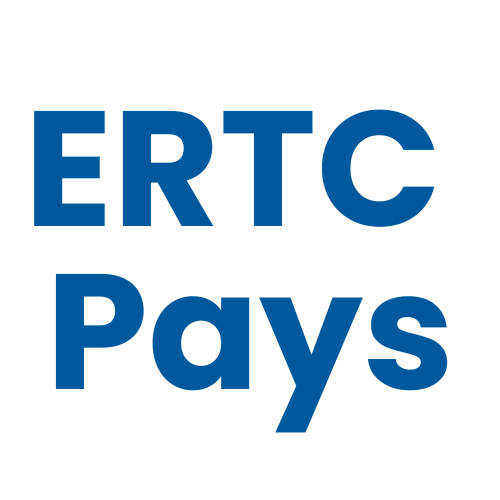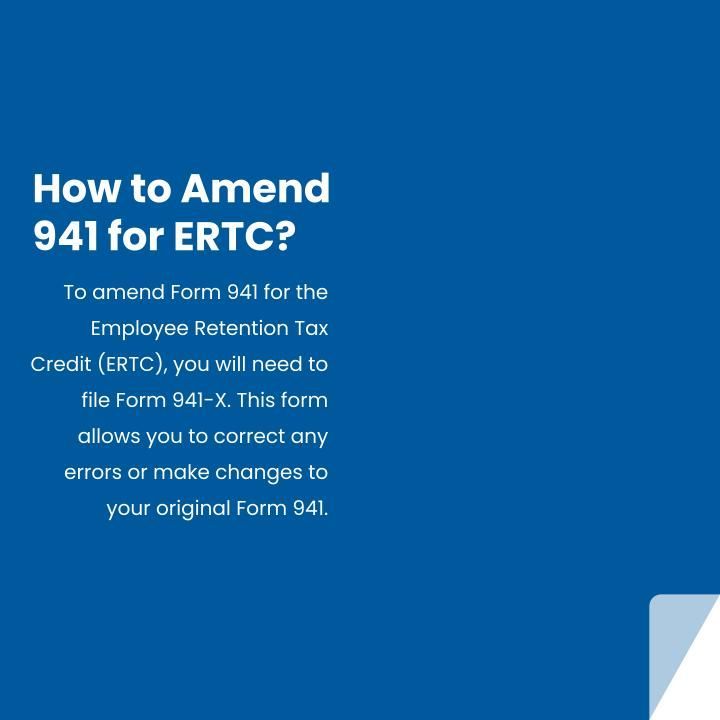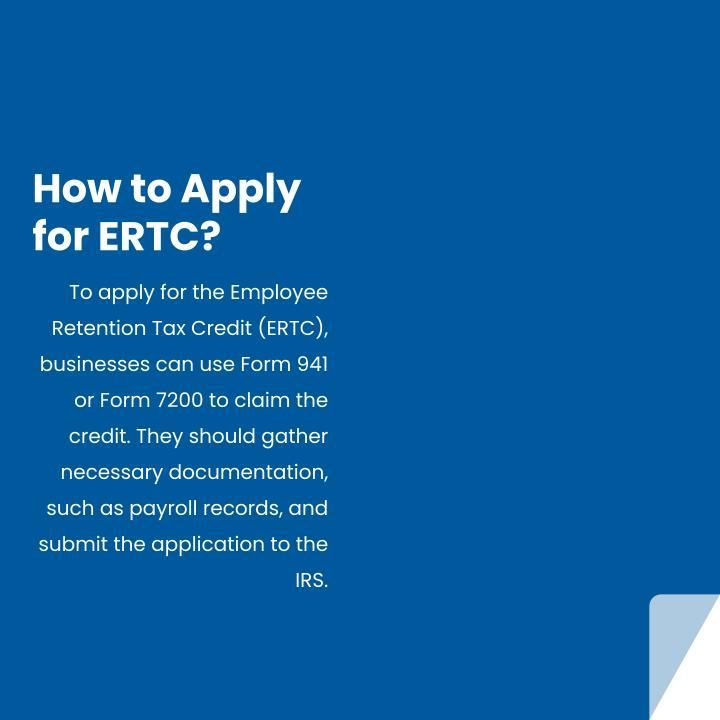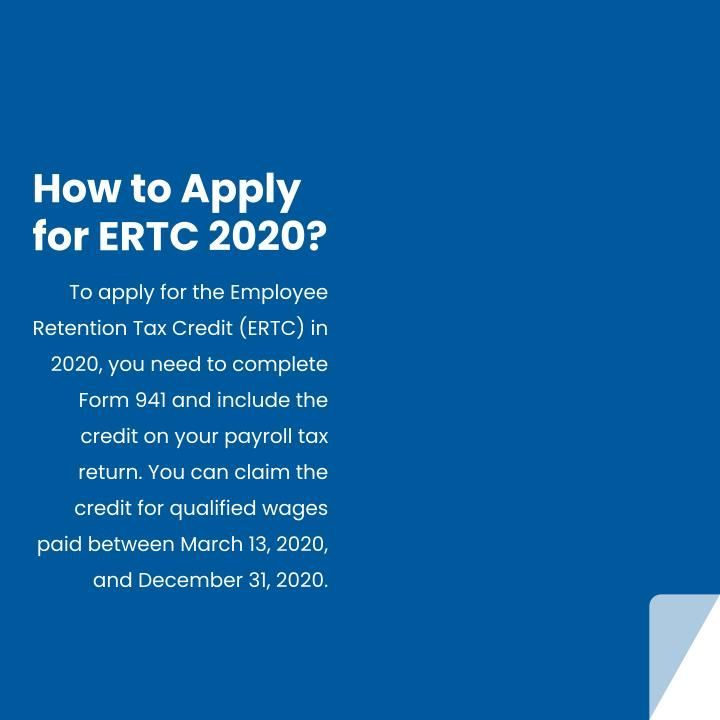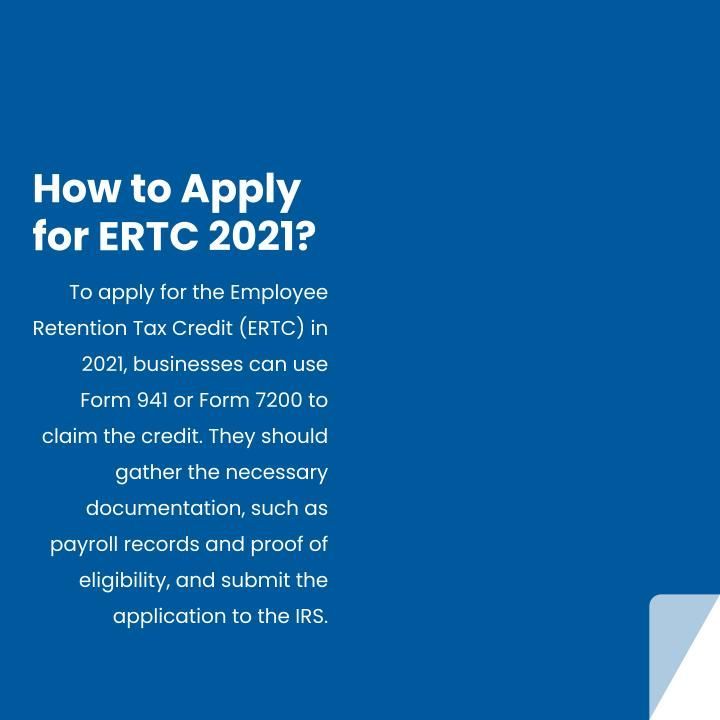Employee Retention Tax Credit Eligibility FAQ
ERTC Eligibility Frequently Asked Questions
Determining your eligibility for the Employee Retention Tax Credit program can be confusing. We've collected the most frequently asked questions regarding the eligibility requirements for the ERTC here.
-
Who Qualifies for the ERTC?
Employers who experienced a significant decline in gross receipts or were fully or partially suspended due to government orders during the COVID-19 pandemic qualify for the Employee Retention Tax Credit (ERTC). Additionally, eligible employers must have had an average of 500 or fewer full-time employees in 2019.
Learn More:
-
Who Qualifies for ERTC 2022?
Employers who experienced a significant decline in gross receipts or were fully or partially suspended due to government orders during the COVID-19 pandemic may qualify for the Employee Retention Tax Credit (ERTC) in 2022. Additionally, eligible employers must meet certain criteria regarding the number of employees and wages paid.
Learn More:
-
Who Qualifies for ERTC 2021?
Employers who experienced a significant decline in gross receipts or were fully or partially suspended due to government orders during the COVID-19 pandemic may qualify for the Employee Retention Tax Credit (ERTC) in 2021. Additionally, eligible employers must have fewer than 500 full-time employees and meet other specific criteria outlined by the IRS.
Learn More:
-
Who Qualifies for ERTC 2020?
Employers who experienced a significant decline in gross receipts or were fully or partially suspended due to government orders during the COVID-19 pandemic may qualify for the Employee Retention Tax Credit (ERTC) in 2020. Employers with an average of 100 or fewer full-time employees in 2019 may also be eligible for the credit.
Learn More:
-
Who is Eligible for the ERTC?
Employers who experienced a significant decline in gross receipts or were fully or partially suspended due to government orders are eligible for the Employee Retention Tax Credit (ERTC). Additionally, businesses of all sizes, including tax-exempt organizations, can qualify for the credit.
Learn More:
-
Who is Eligible for the ERTC 2022?
Employers who experienced a significant decline in gross receipts or were fully or partially suspended due to government orders during the COVID-19 pandemic are eligible for the Employee Retention Tax Credit (ERTC) in 2022. Additionally, eligible employers must have fewer than 500 full-time employees.
Learn More:
-
Who is Eligible for the ERTC 2021?
Employers who experienced a significant decline in gross receipts or were fully or partially suspended due to government orders are eligible for the Employee Retention Tax Credit (ERTC) in 2021. Additionally, businesses with 500 or fewer employees can claim the credit for wages paid to employees during the eligible period.
Learn More:
-
Who is Eligible for the ERTC 2020?
Employers who experienced a significant decline in gross receipts or were fully or partially suspended due to government orders are eligible for the Employee Retention Tax Credit (ERTC) in 2020. Additionally, businesses with 100 or fewer full-time employees can claim the credit for all wages paid to employees, while businesses with more than 100 employees can only claim the credit for wages paid to employees who were not working.
Learn More:
-
What Quarters Are Eligible for ERTC?
All quarters starting in 2020 and 2021 are eligible, and up to Q2 in 2022 for the Employee Retention Tax Credit (ERTC).
Learn More:
-
What are Qualified Wages for ERTC?
Qualified wages for the Employee Retention Tax Credit (ERTC) are wages paid to employees during a specific period of time that meet certain criteria outlined by the IRS. These criteria include factors such as the employer's size and whether the business was fully or partially suspended due to COVID-19.
Learn More:
-
What are Qualified Health Plan Expenses for ERTC?
Qualified health plan expenses for the Employee Retention Tax Credit (ERTC) include the cost of providing health insurance to employees. This can include both employer-sponsored plans and plans purchased through the marketplace.
Learn More:
-
Is ERTC Available for 2022?
Yes, ERTC (Employee Retention Tax Credit) is available for Q1 and Q2 of 2022.
Learn More:
-
How to Qualify for the ERTC?
To qualify for the Employee Retention Tax Credit (ERTC), businesses must have experienced a significant decline in gross receipts or have been fully or partially suspended due to government orders. Additionally, businesses must meet certain eligibility criteria outlined by the IRS.
Learn More:
-
How to Qualify for the ERTC 2022?
To qualify for the Employee Retention Tax Credit (ERTC) in 2022, businesses must have experienced a significant decline in gross receipts or been subject to a full or partial suspension due to government orders. They must also meet other eligibility criteria outlined by the IRS.
Learn More:
-
How to Qualify for the ERTC 2021?
To qualify for the Employee Retention Tax Credit (ERTC) in 2021, businesses must have experienced a significant decline in gross receipts or been subject to a full or partial suspension due to government orders. They must also meet other eligibility criteria outlined by the IRS.
Learn More:
-
How to Qualify for the ERTC 2020?
To qualify for the Employee Retention Tax Credit (ERTC) in 2020, businesses must have experienced a significant decline in gross receipts or have been fully or partially suspended due to government orders related to COVID-19. Additionally, the number of employees must be less than 500 for the relevant calendar quarter.
Learn More:
-
Does Working Remotely Qualify for ERTC?
Yes, working remotely can qualify for the Employee Retention Tax Credit (ERTC) as long as certain eligibility criteria are met.
Learn More:
-
Do Owners Wages Qualify for ERTC?
Yes, owners' wages can qualify for the Employee Retention Tax Credit (ERTC) if they meet the eligibility criteria. However, the specific qualifications may vary depending on the individual's ownership structure and involvement in the business.
Learn More:
-
Can You Get ERTC and the PPP Loan?
Yes, you can get ERTC (Employee Retention Tax Credit) and PPP (Paycheck Protection Program) separately. They are two different programs with their own eligibility criteria and application processes.
Learn More:
-
Can Churches Qualify for ERTC?
Yes, churches can qualify for the Employee Retention Tax Credit (ERTC) if they meet the eligibility criteria outlined by the IRS.
Learn More:
-
Are Tips Included in ERTC?
Yes, tips are included as qualified wages eligible for the employee retention credit as long as they exceed $20 in one calendar month.
Learn More:
-
Are Part-Time Employees Eligible for ERTC?
Yes, part-time employees are eligible for the Employee Retention Tax Credit (ERTC).
Learn More:
-
Are Nonprofits Eligible for ERTC?
Yes, nonprofits are eligible for the Employee Retention Tax Credit (ERTC).
Learn More:
Other ERTC Blog Posts and Updates
Free ERTC Eligibility Check with an Advisor
Affiliate Disclosure: Our advisors are from third-party ERTC advisory companies who can help you determine your eligibility and claim the ERTC at no upfront cost to you. They take their fee AFTER the tax credit is deposited and can offer funding if you don't want to wait. ERTCPays.com receive a small referral fee if you choose one of our recommended companies.
